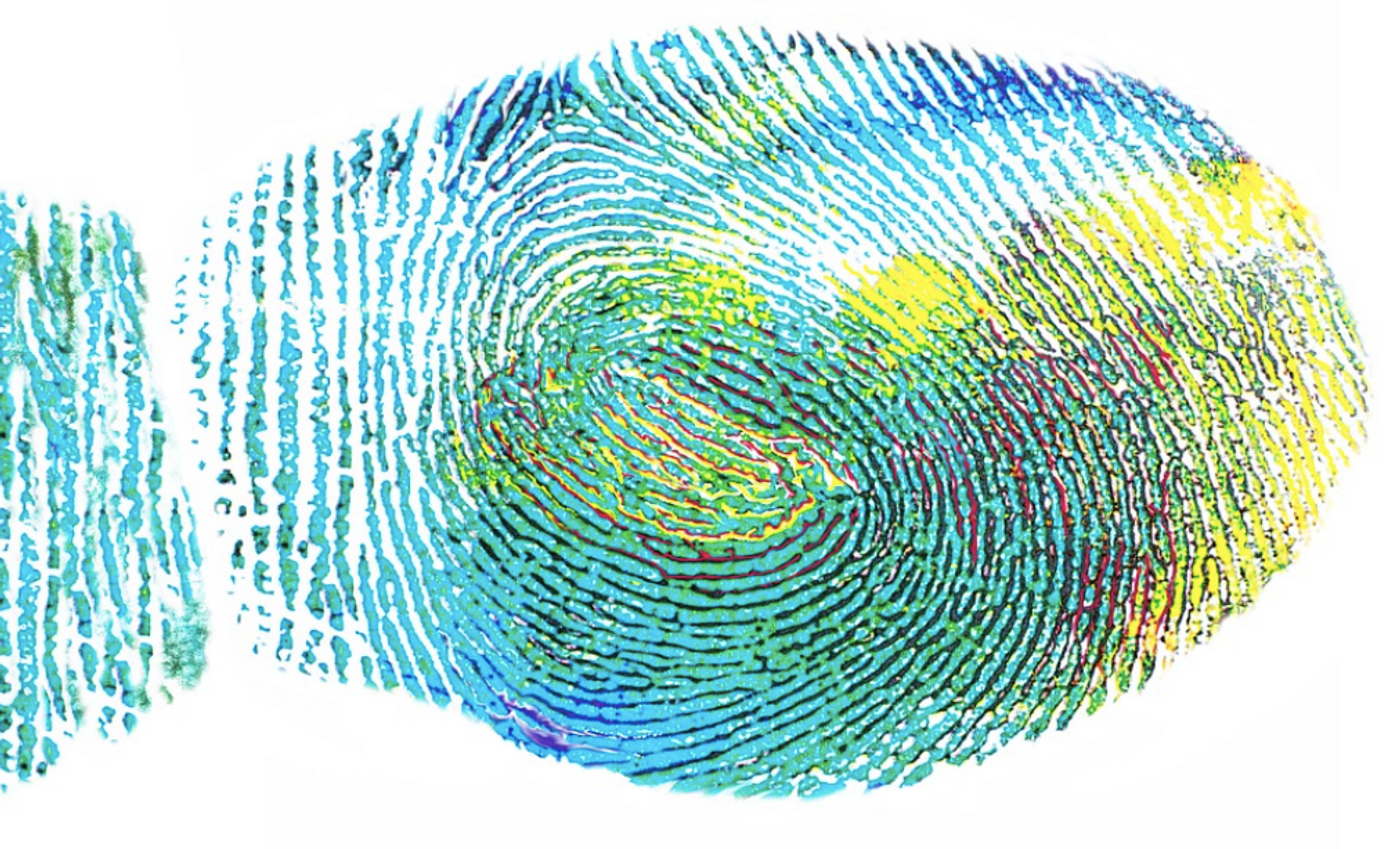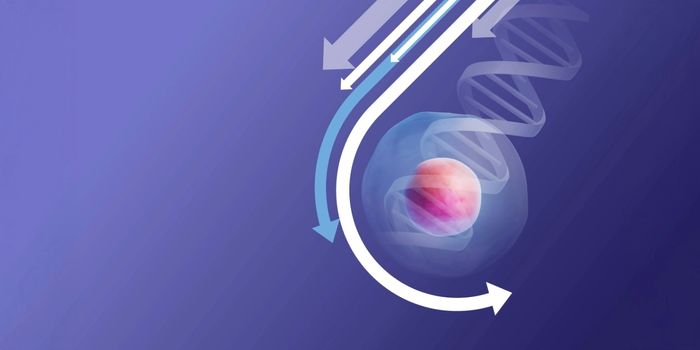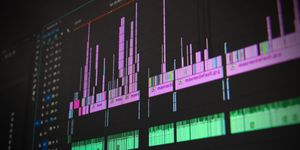AI Suggests Fingerprints are not as Unique as Thought
Forensic analysis is a critical tool used by law enforcement and has been used in countless criminal justice cases. Some experts have expressed serious concern that very few forensic techniques, with the notable expiation of those that rely on DNA, have been verified through rigorous scientific analyses. This includes bite mark and blood spatter pattern assessment, and hair comparisons. There have been some efforts in recent years to put the science in forensics, and experts have noted that real progress in the field would involve research from laboratories that are not affiliated with state or federal governments or law enforcement organizations.
It's long been said that fingerprints are completely unique, even when they come from the same inidividual. But researchers have now used computational tools to challenge that popular belief, which is a cornerstone of fingerprint analysis.
In this study, Gabe Guo, a Columbia Engineering student, utilized a public database of about 60,000 fingerprints that were then organized them into pairs and analyzed with an artificial intelligence-based system called a deep contrastive network. Some of these pairs were from the same individual while others were from different people. Eventually the system got better at determining when fingerprints were from the same or different people, and could do so accurately about 77 percent of the time.
But a journal rejected these findings, because a reviewer noted that each fingerprint is totally unique and therefore, such a system could not possibly determine when they came from the same person.
The researchers added more data to their system after this setback, and it got even better at determining when different fingerprints belonged to the same person. This time, Science Advances accepted the publication.
The investigators determined that their system was not using standard fingerprint analysis techniques, which relate to the branches and endpoints of the ridges in fingerprints. Instead, the computer used characteristics related to swirling and looping in the center of the fingerprint, Guo explained. This technique was finding patterns in fingerprints, which assigned those fingerprints to an individual. The study has indicated that if fingerprints were truly unique, those identifying patterns would not exist - but they do.
The team also knows that there could be biases in the system. More validation needs to be done with larger datasets, they added.
Study co-author Ho Lipson suggested that this study is one of many ways that artificial intelligence (AI) could have surprising impacts. "Many people think that AI cannot really make new discoveries; that it just regurgitates knowledge. But this research is an example of how even a fairly simple AI, given a fairly plain dataset that the research community has had lying around for years, can provide insights that have eluded experts for decades," said Lipson.
Sources: Columbia University School of Engineering and Applied Science, Science Advances









